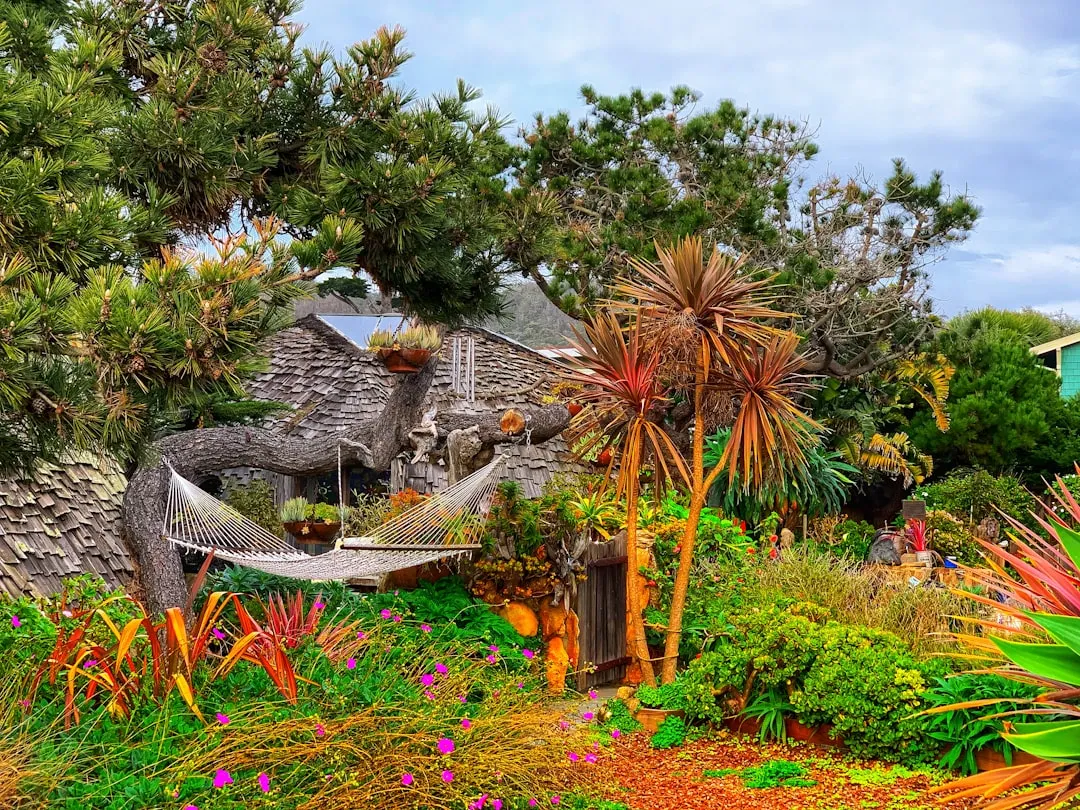Unveiling the Secrets of Goldfish Plant Care

Houseplants have long been a delightful addition to indoor spaces, bringing a touch of nature and a splash of color into our homes. Among the many varieties of houseplants, goldfish plants stand out as a unique and captivating choice. These tropical beauties, with their vibrant colors and distinctive shape, are especially eye - catching when displayed in hanging baskets. In this article, we will explore the ins and outs of caring for goldfish plants to ensure they thrive in your home environment.
### Understanding Goldfish Plants
Goldfish plants, scientifically known as *Columnea gloriosa*, are native to Central and South America. They get their name from the bright orange, red, or yellow flowers that resemble goldfish swimming in the water. The foliage of goldfish plants is typically dark green, glossy, and succulent - like, which helps them store water in their natural tropical habitats.
### Lighting Requirements
One of the most critical aspects of goldfish plant care is providing the right amount of light. These plants prefer bright, indirect light. Direct sunlight can scorch their leaves, causing them to turn yellow or brown. A north - or east - facing window is often an ideal location for goldfish plants. If you don't have a suitable window, you can also use artificial grow lights. Place the grow lights about 12 - 18 inches above the plants and keep them on for 10 - 12 hours a day.
### Watering
Watering goldfish plants correctly is essential for their health. They like to be kept evenly moist but not waterlogged. Overwatering can lead to root rot, while underwatering can cause the leaves to wilt and drop. A good rule of thumb is to water the plant when the top inch of the soil feels dry to the touch. When watering, make sure to soak the soil thoroughly until water drains out of the bottom of the pot. Empty the saucer under the pot after watering to prevent the plant from sitting in standing water.
### Humidity
Since goldfish plants are tropical plants, they thrive in high - humidity environments. In most indoor settings, the humidity can be quite low, especially during the winter months when the heating is on. To increase the humidity around your goldfish plant, you can use a humidifier. Alternatively, you can place the plant on a tray filled with pebbles and water. Make sure the water level is below the bottom of the pot so that the plant doesn't sit in water. As the water evaporates, it will increase the humidity around the plant.
### Temperature
Goldfish plants prefer warm temperatures between 65°F and 75°F (18°C - 24°C). They are sensitive to cold drafts, so keep them away from windows and doors during the winter. Avoid placing them near heating vents or air - conditioning units, as sudden temperature changes can stress the plant.
### Soil and Fertilizer
Use a well - draining, peat - based potting mix for goldfish plants. A mix that contains perlite or vermiculite will help improve drainage. Fertilize your goldfish plant every two weeks during the growing season (spring and summer) with a balanced, water - soluble fertilizer. Dilute the fertilizer to half the recommended strength to avoid over - fertilizing, which can damage the plant. During the fall and winter, reduce fertilizing to once a month or stop altogether.
### Pruning and Propagation
Pruning is an important part of goldfish plant care. Regular pruning helps to keep the plant bushy and encourages new growth. You can prune back any leggy or overgrown stems using sharp, clean pruning shears. Goldfish plants are also relatively easy to propagate. You can take stem cuttings about 3 - 4 inches long and remove the lower leaves. Dip the cut end in rooting hormone and plant it in a small pot filled with moist potting mix. Keep the cutting in a warm, humid place with bright, indirect light until it roots.
### Pests and Diseases
Like all houseplants, goldfish plants can be susceptible to pests and diseases. Common pests include aphids, spider mites, and whiteflies. If you notice any signs of pests, such as small insects on the leaves or a sticky residue, you can use insecticidal soap or neem oil to treat the plant. Make sure to follow the instructions on the product label carefully. Root rot is a common disease caused by overwatering. To prevent root rot, ensure proper drainage and avoid overwatering.
In conclusion, caring for goldfish plants can be a rewarding experience. By providing the right amount of light, water, humidity, and nutrients, you can enjoy the beautiful blooms of these unique tropical houseplants for years to come. With a little attention and care, your goldfish plant will become a stunning centerpiece in your indoor garden.